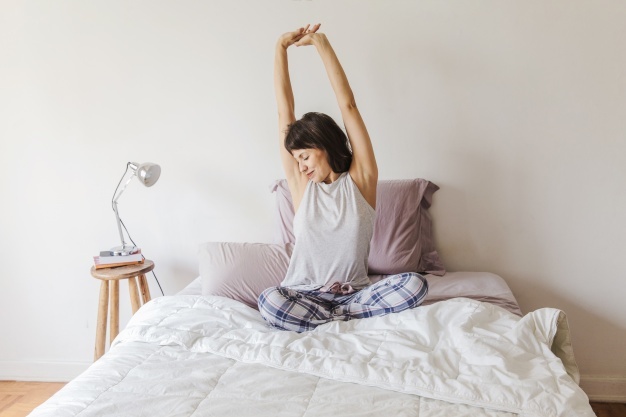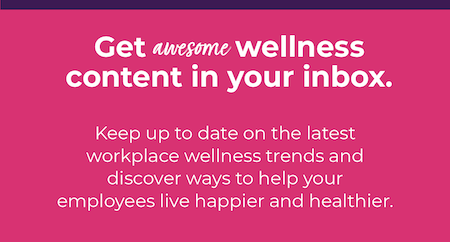A mind really is a terrible thing to waste. As we get older, our brains begin to age and lose neurons, and, eventually, our brain tissue starts to shrink. Cognitive decline can lead to an increased risk for illnesses such as Alzheimer’s and dementia.
While this might sound scary, rest assured that there are plenty of things you can do to keep your mind healthy and sharp for as long as possible. And, as it turns out, this doesn’t mean you have to play tedious memory games every day to do so! With some healthy habits and hobbies, you can easily flex your brain muscles and help combat the effects of an aging brain to keep it sharper longer.
Try out some of these daily brain-boosting activities to keep your brain healthy and strong:












